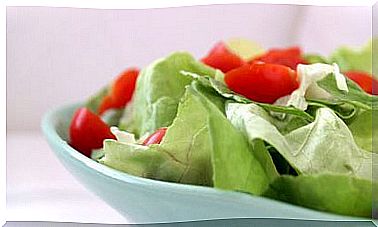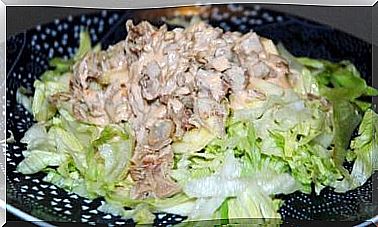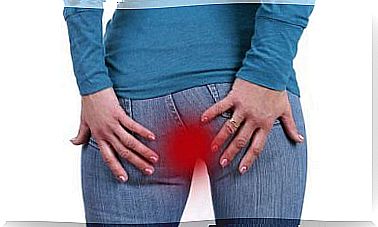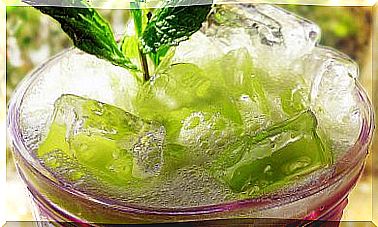6 Cooking Tricks That Help You Reduce Cholesterol Consumption
Following a balanced diet in which the consumption of fruits and vegetables prevails is one of the keys to avoiding high cholesterol levels.
The accumulation of cholesterol in the arteries, known in medical terms as hypercholesterolemia, is one of the evils of today that is related to the appearance of chronic cardiovascular diseases.
This lipid, which is secreted naturally in the liver, forms a plaque known as an atheroma that can clog the arteries, potentially interfering with the functions of the heart muscle.
The most worrying thing is that many are unaware that it is present in a wide variety of foods that are regularly consumed and, due to this, its levels are out of control.
In addition, since it does not manifest itself with strong symptoms, some are unaware that they have the problem and, due to their lack of control, develop more serious conditions. For this reason, it is essential to try to keep your levels stable, adopting healthy lifestyle habits and putting into practice some cooking tricks that help limit your consumption.
Are you interested? Keep them in mind!
1. Avoid using sauces and dressings

Industrial sauces and dressings are products that help improve the flavor of meats, vegetables and a wide variety of foods. The problem is that these are full of fats, cholesterol and other chemical additives that, over time, can affect health.
Its regular consumption is one of the causes of increased cholesterol and the development of metabolic difficulties.
recommendations
If you want to give your dishes a better flavor, opt for healthy dressings such as:
- Sour cream
- Mustard seeds
- Greek yogurt
- Organic tomato paste
- Herbs and spices
- Apple vinager
- Lemon juice
- Red wine
2. Choose to consume low-fat dairy
Although dairy contains nutrients that benefit health, it is important to keep in mind that, being of animal origin, they are an important source of cholesterol.
Whole milk, yogurt, cheese and other similar products are full of saturated fats that, after assimilating, influence the development of hypercholesterolemia.
recommendations
- Get the “low fat”, “light” or “zero fat” presentations of your favorite dairy products.
- Whenever you can, replace dairy with plant-based alternatives.
3. Limit the use of margarine, it is very rich in cholesterol

Margarine is a product that is often used in multiple cooking recipes. What many do not know is that it is an important source of cholesterol that, ingested on a regular basis, can affect health.
Although its taste is pleasant and it is very versatile, it is best to limit its consumption and replace it with healthy fats.
recommendations
If you are used to using margarine in your recipes, choose to use healthy fats such as oils from:
- Sunflower
- Olive
- Rapeseed or canola
- Coconut
- Avocado
4. Check the cooking method
The method of cooking food is overlooked by many and, although it seems unimportant, it actually has a lot to do with the tendency to suffer from high cholesterol levels.
This lipid, as well as triglycerides, tend to be retained in the arteries when oils and saturated fats are used in the preparation of meals.
recommendations
- Instead of making them fried, choose to grill, bake, or steam your food.
- Try to cook at low temperatures to preserve the nutritional quality of the ingredients.
5. Include olive oil in your diet
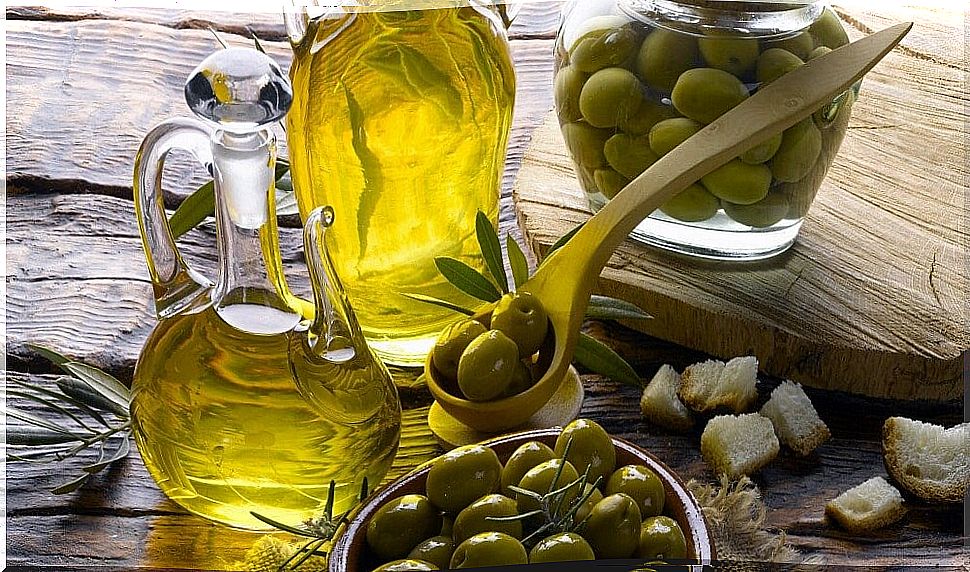
Due to its high concentration of essential nutrients and healthy fats, olive oil is one of the ingredients that should not be missing in our kitchen.
This product, in its extra virgin presentation, contains omega 3, vitamin E and essential minerals that increase the presence of good cholesterol (HDL) in the blood.
This, added to its contribution of antioxidants, slows down the effects of oxidative stress and reduces the risk of cardiovascular diseases.
recommendations
- Consume a tablespoon of olive oil on an empty stomach.
- Use olive oil to prepare your salad dressings.
- Add the product in your soups, stews, smoothies and other recipes.
6. Increase your intake of fruits and vegetables
Red meat, cold cuts, and other foods of industrial origin are an important source of bad cholesterol (LDL).
For this reason, instead of consuming them in large quantities, choose to increase your intake of fresh fruits and vegetables.
This variety of foods is not only more satisfying, but it cleans the arteries and helps reduce the accumulation of this lipid.
recommendations
- Make sure to consume 3-5 pieces of fruit a day.
- Cover half of your main dishes with recipes with vegetables.
- Try to consume them raw, whenever possible, since this way they take advantage of 100% their properties.
As you can see, reducing cholesterol consumption through diet is possible and is not something to write home about. Just keep these simple tips in mind to start controlling your levels and protecting your cardiovascular health.


